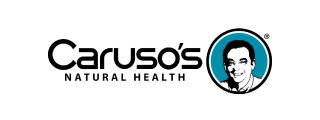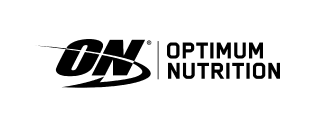
- Health advice
- Mar 26, 2018
Would you consider Milo to be a ‘health food’?
I don’t think many people would think so, but the manufacturer, Nestle certainly did. Here’s a little snap shot of the nutritional panel on the popular drink: With a staggering 46.4 grams of sugar per 100 grams (almost half the product!), the popular malted barley, sugar and cocoa drink has now removed its 4.5 Health Star Rating from labels, after pressure from the consumer watchdog group, Choice. The Health Star Rating system is an Australian government and food industry initiative, designed to help consumers make better decisions when shopping for processed and packaged foods. Consisting of a front of pack rating system from zero to 5 stars for products, the voluntary system is based on the Food Standards Code and Australian Dietary Guidelines. The more stars a product carries, the healthier it is.
The Health Star Rating is based on a combination of the following:
energy (kJ), saturated fat, total sugars, sodium, protein and dietary fibre, as well as fruit, vegetable and legume content.
Nestle, the producer of Milo products, rated Milo powder as 4 out of 5 stars, following the “as prepared” rule, and based on the assumption that ‘most Australians’ add the serving size of Milo (three teaspoons) to a glass of skim milk. Research shows that in reality, Milo is eaten in a number of different ways – mixing with full cream milk, eating straight from the can on a spoon, or even adding to ice cream, with the serving size often exceeded. Choice believes that Milo should only be awarded a 1.5 star rating under the system due to its high sugar content and low nutrient value.
But what does this all mean to you and me as the consumer?
In theory, the Health Star Rating system should be there to make our lives easier – allowing us to scan the aisles of packaged foods and make healthier choices for our families based on products containing higher numbers of stars. In reality, the Nestle Milo example has shown the failings of this voluntary system – if a product that is almost half sugar has 4 out of 5 stars given, how are we to trust the ratings that are set by the companies themselves? Choice has suggested that certain changes to be made to the Health Star Rating system to make it more transparent, more effective, and more accurate:
- Make sure foods high in sugar, fat or salt can’t get a high star rating
- Enforce the Health Star Rating on ALL packaged and processed food products, especially those marketed to children
- Closing the loophole that Nestle used to rate Milo – the “as prepared” rule. Star ratings should be on the actual product itself, not on how the manufacturer assumes it is consumed or when mixed with another healthier product (e.g. skim milk)
- Include added sugars to be counted in the rating system (not just Total Sugars)
- Ensure that Health Stars promote whole foods and not processed alternatives
And what can YOU do, to make better and healthier food choices?
- Choose the whole food option as often as possible – this means eating fresh fruit and vegetables; eggs, meat and fish that look like the original source, and adding nuts and seeds, beans and pulses. Any food in packages should ideally have no more than 4 ingredients, with all of those being recognisable on the label
- Return to homemade snacks and convenience foods – try and make them yourself at home, using whole and raw ingredients and limited amounts of sugar used. There are countless resources and recipes for kid’s lunch box ideas, packed lunches and after school snacks to help you – such as homemade muesli bars, chia puddings, muffins, hummus and seed crackers
- Read nutritional labels carefully. The World Health Organisation suggests an intake of added sugars for an adult to be no more than 6 teaspoons per day (or 25 grams). This means that Milo, and many other processed foods such as breakfast cereals, muesli bars, flavoured yoghurts, packaged sauces etc. are sometimes foods (to be eaten as a treat), and should not be consumed on a daily basis
Get Great Nutritional Advice From Karen Ball
Related Articles
Recently Viewed
- ${ variant.price | currencyFromCents } | ${ variant.title } ${ variant.price | currency } | ${ variant.title }




















